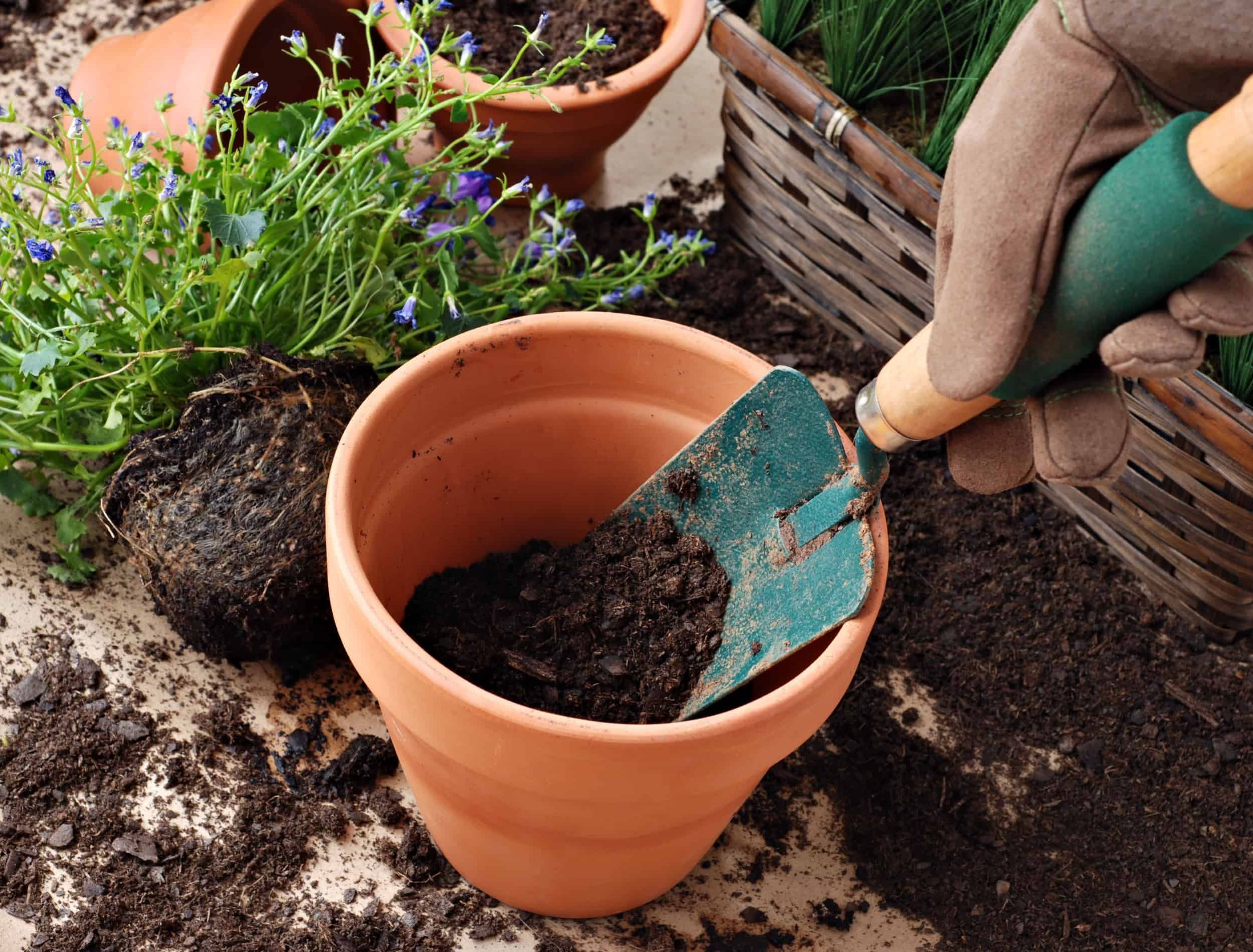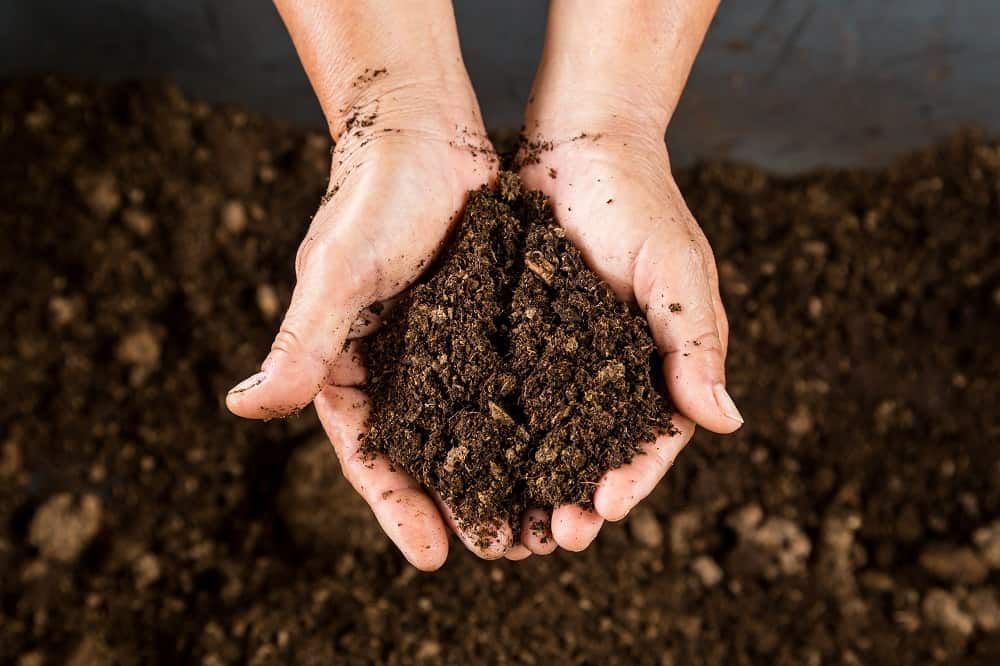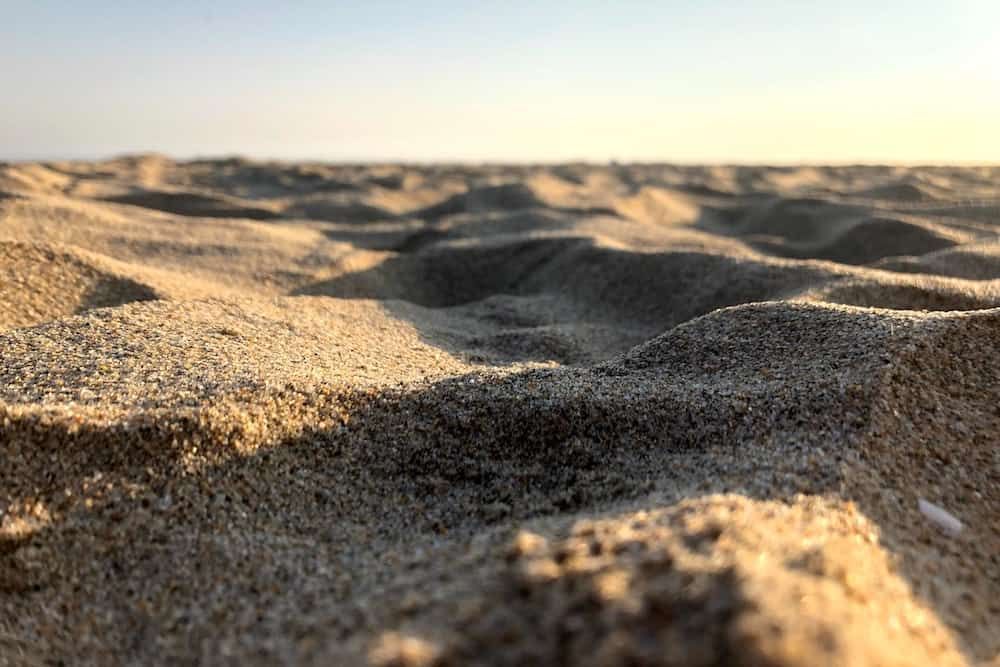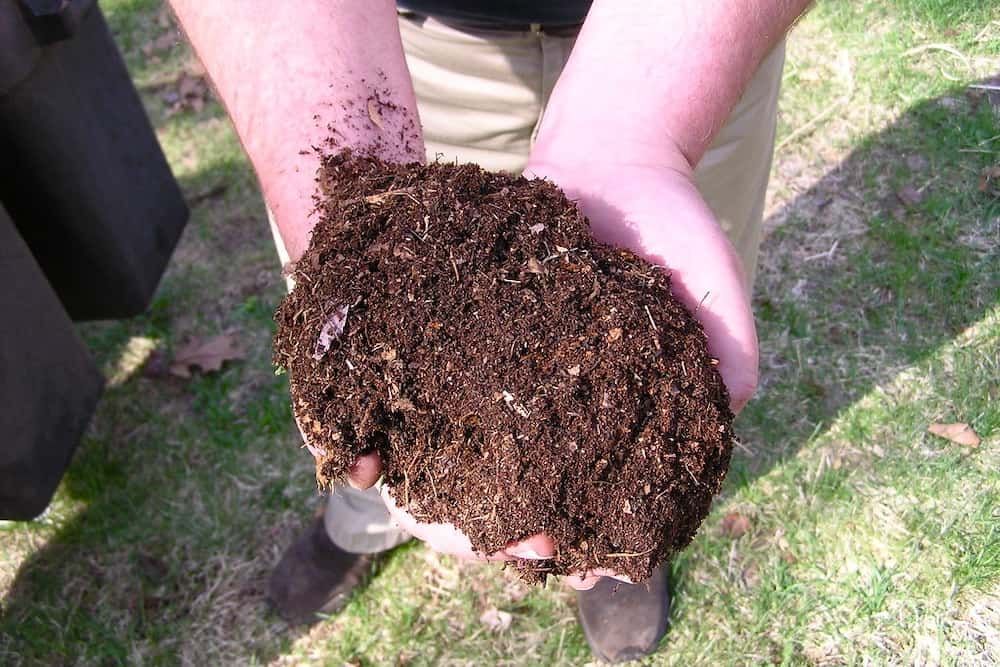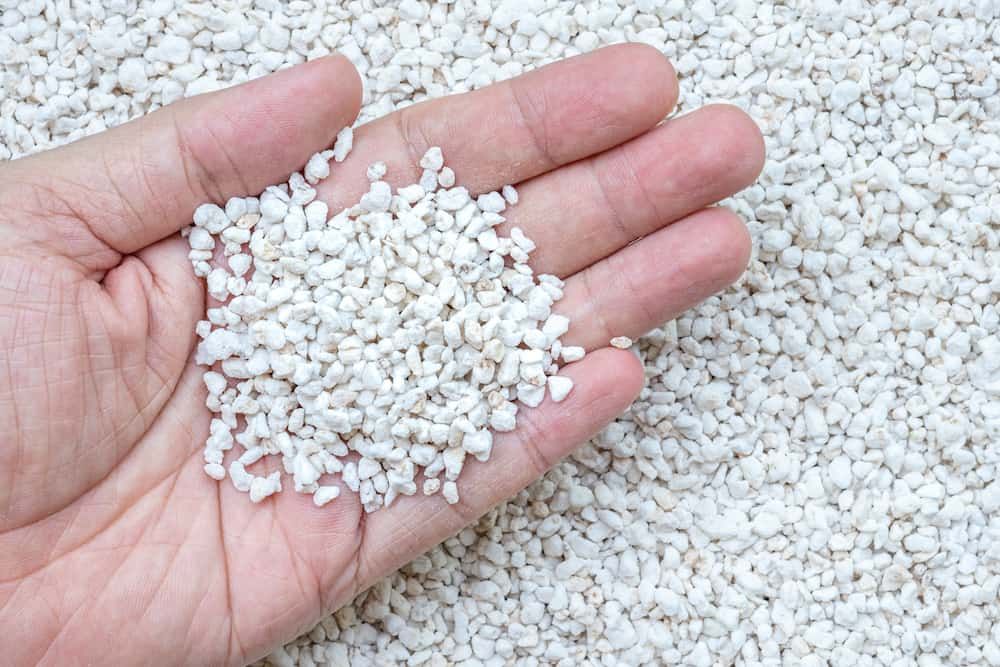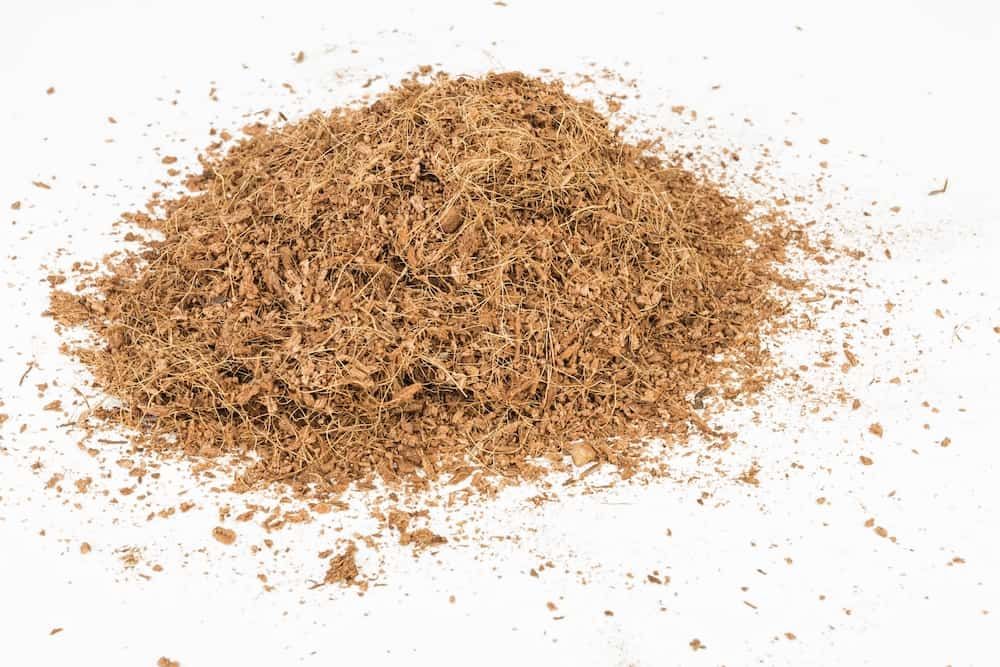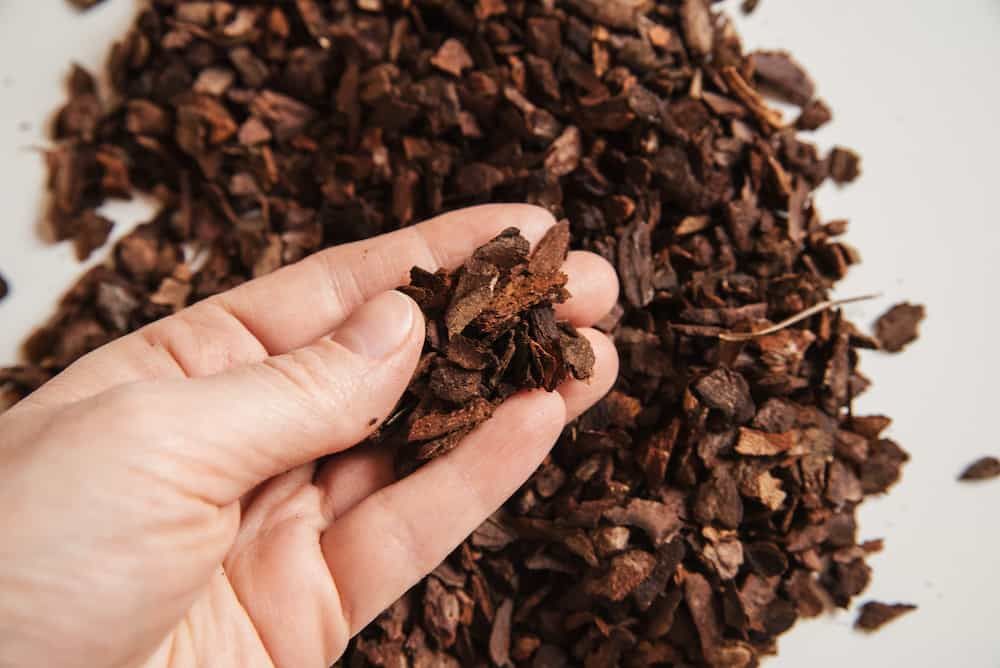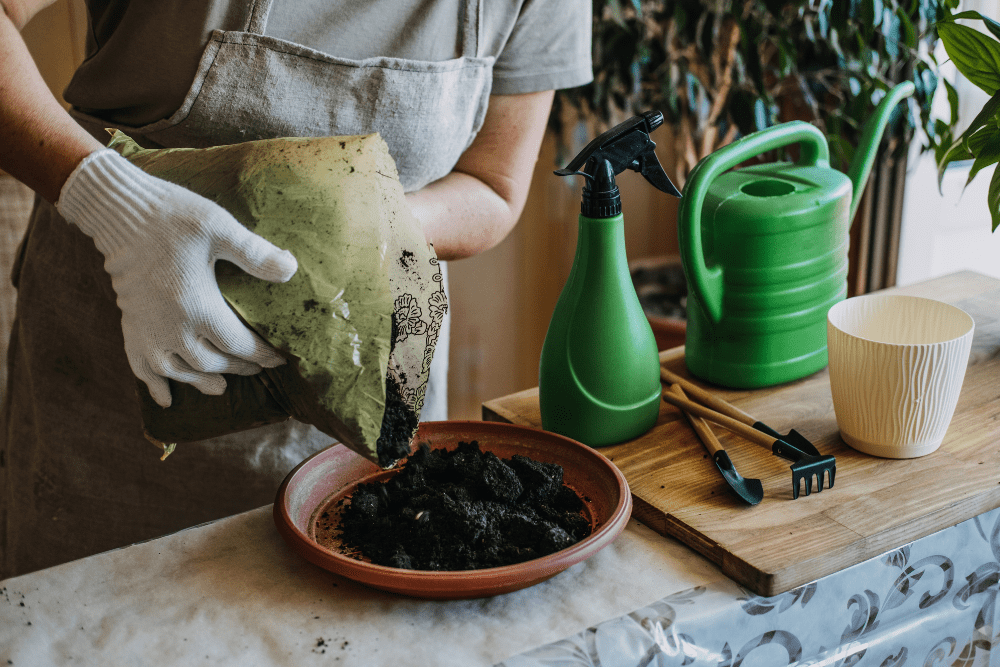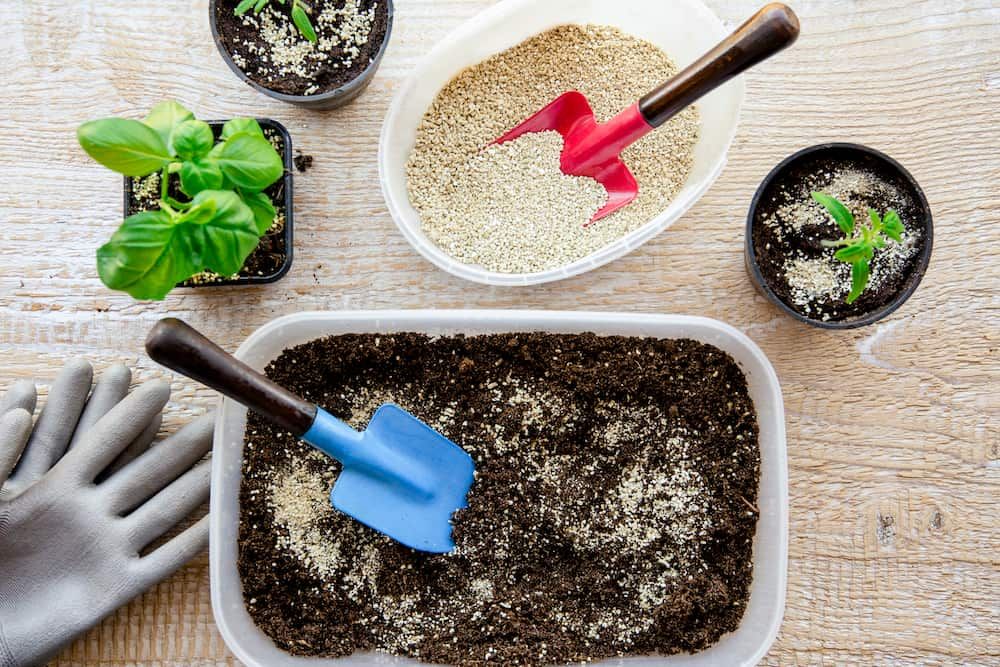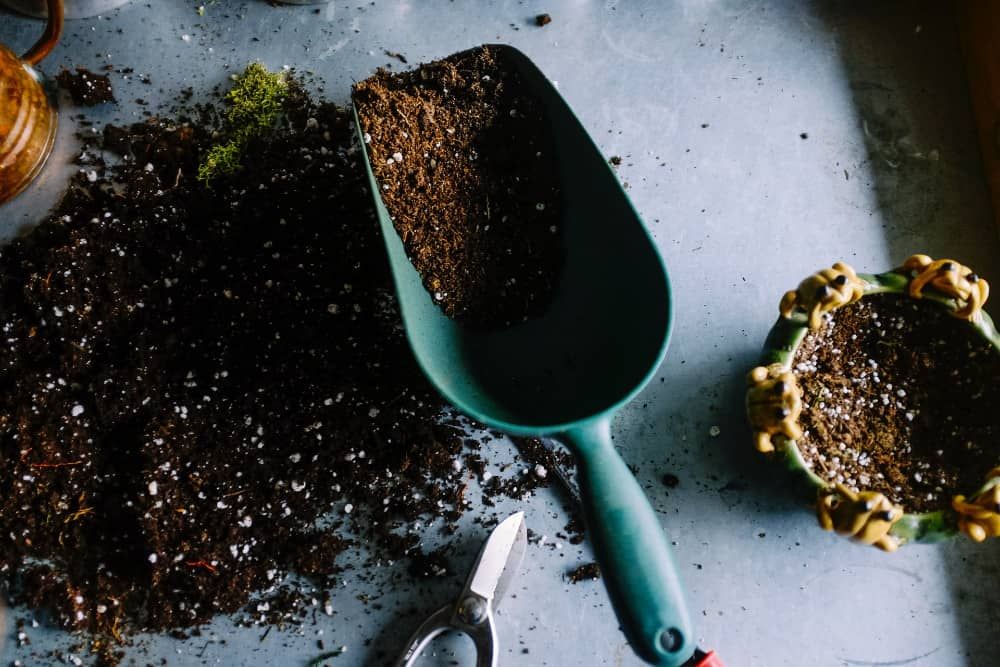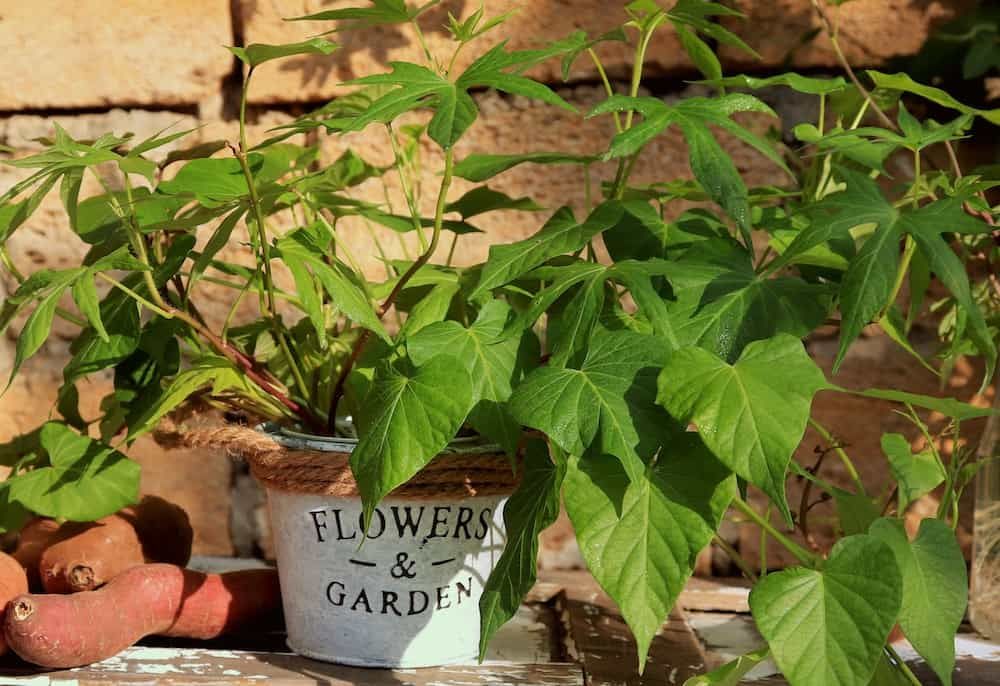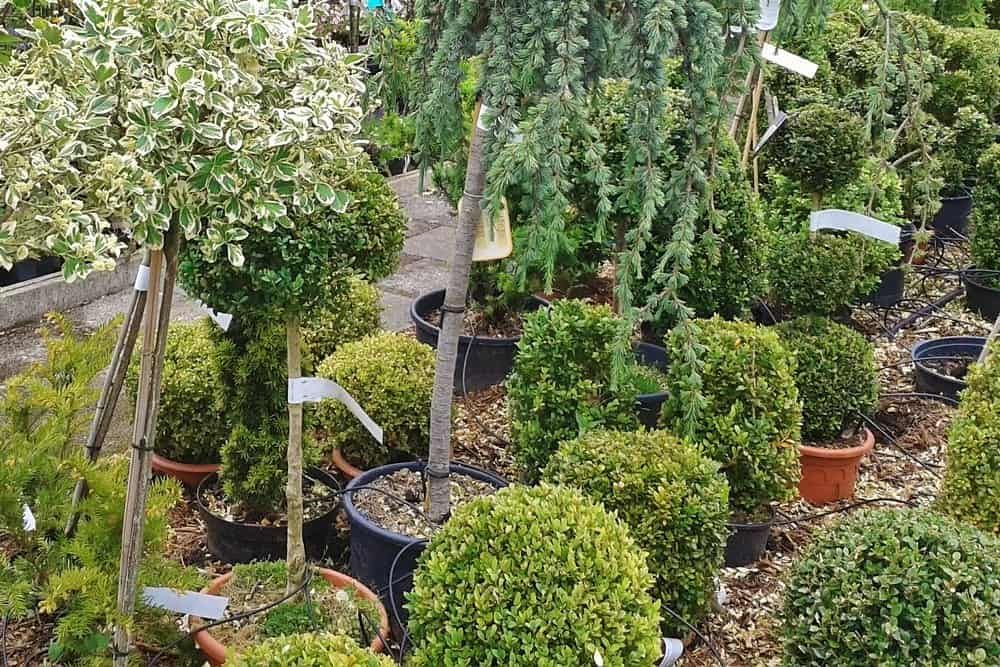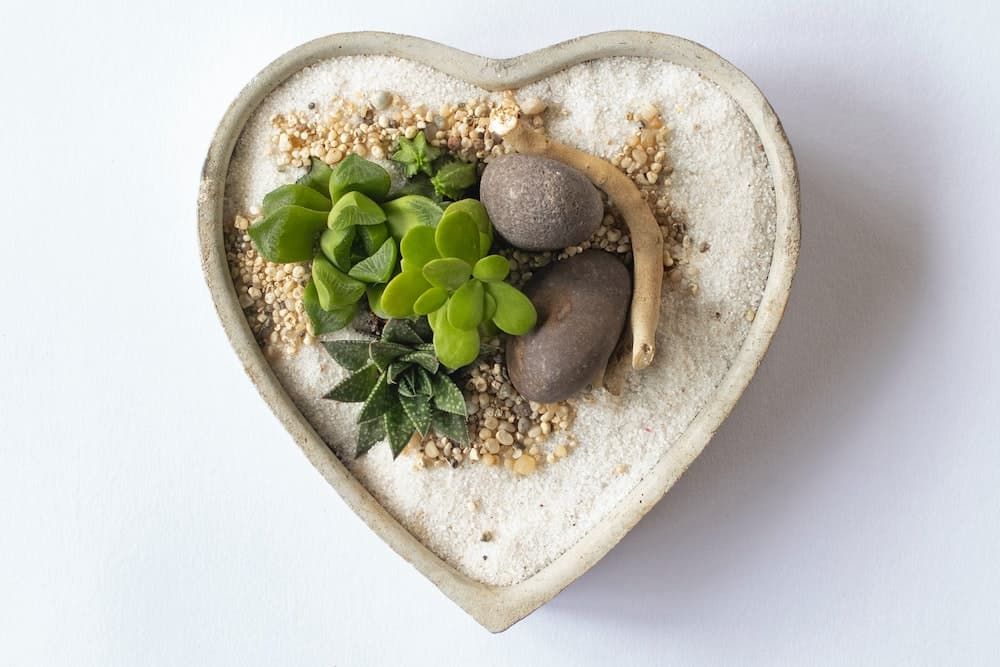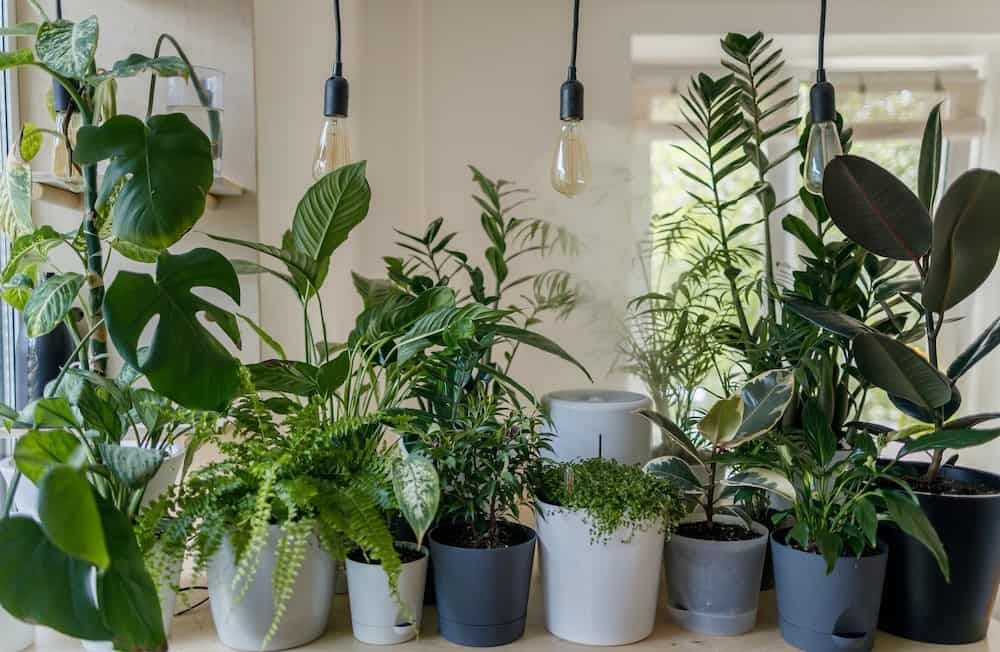Planting a container garden has always been a trendy alternative for many gardeners. Its popularity grew as people became more aware of the benefits of container gardening and its effects on the environment. In the beginning, it was a way for apartment dwellers to reconnect with nature, but now it's a way to be self-reliant.
However, to be successful, one essential prerequisite is having the right soil for container gardens. One of the most common container gardening mistakes is to use the wrong type of soil for your potted plants. The wrong kind of soil can kill your plants before they've had the chance to mature.
Buying new bags of potting mix every season can get a bit pricey. Below, you'll learn about the different types of soil for container gardening and how to prepare them.
What is a Potting Mix?
Image credits: Tortoon via Shutterstock
Potting mix is a growing medium primarily used for container gardening. Potting mix differs from potting soil, and you shouldn't use them interchangeably. Potting soil is a light medium that will:
- Act as an anchor for a plant,
- Have good water retention,
- Allow proper aeration and drainage,
- Retain nutrients.
A good potting mix will result in a healthy root system and a healthy plant. In addition, because these mixes are soilless, there is virtually no risk of pests or disease.
Most Commonly Used Ingredients in Potting Mixes
1. Sand
Image credits: Matt M via Pexels
Because sand is a granular material, it provides excellent drainage to any potting mix. Moreover, it can serve as a great anchor for a plant due to its weight. Gardeners don't use sand in potting mixes unless they plant cacti or similar drought-loving plants.
2. Compost and Worm Castings
Image Credit: normanack via Creative Commons
Compost is essential if you want to provide your plants with some long-term nutrition. Some people compost on a balcony, while others have a dedicated spot in their backyard. If you can't find the time to compost, you can pick the best potting compost for your plants from online or offline stores.
3. Sphagnum/Peat Moss
Image credits: Codrut Evelina's Images via Canva
Sphagnum and peat moss can be acidic, so you should rarely use them on their own. However, peat provides fantastic nutrients and water retention, and you can pair it with perlite for better aeration. Sphagnum peat moss has a low amount of nutrients and a pH between 3.0 and 4.0. Peat, on the other hand, has a pH of 3.7 and 5.2, with an average of 4.5.
Perlite
Image credits: RPA Studio via Shutterstock
Perlite is a lightweight volcanic rock in the shape of small white balls. People often mistake it for styrofoam. Perlite provides excellent aeration, has a neutral pH, and can hold four times its weight in water.
Coir
Image credits: Kolidzei via Shutterstock
This is a by-product of coconut, and people often prefer it as an alternative to peat moss. Coir is eco-friendly and easier to find. It provides excellent water retention, lasts longer, and has a pH of between 6.0 and 6.8, making it slightly acidic to neutral.
Pine Bark
Image credits: Rimma09 via Shutterstock
Pine bark can increase aeration and improve the mix's infiltration and drainage. It is not as commonly used as all the others but is a popular choice because it is easy to obtain.
Vermiculite
Image credits: LaureniFochetto via Canva
It is another volcanic rock that people use to increase the porosity of potting mixes. Apart from improving aeration, it helps retain water and attracts calcium, potassium, and magnesium that it releases to the plant's roots.
How to Prepare the Soil for Container Gardening
What You'll need
Image credits: Iryna Imago via Shutterstock
- A hand fork - you will need it to clear out any debris there may be and then mix everything up
- A trowel
- A large airtight container - you will use this to store your soil in
- Garden gloves - protection is always important
- A particulate mask
- Protective eyewear
- A tarp - this is optional and can be replaced with a large box
Things to Consider Before Making the Potting Mix
Image credits: FotoHelin via Shutterstock
There are two things that you'll need to consider before mixing the soil and planting your plants:
1. Deciding What You'll Grow
Different plants require different nutrients, anchorage, water retention, and aeration. The mix for growing veggies will be very different from those for flowers or cacti. Decide what you'll grow before preparing your potting mix.
2. Figure out the pH Level
After deciding on the plants, you'll grow, research the soil pH level they prefer to thrive. For reference, the neutral pH is between 6.6 and 7.3. Under 6.6 pH, the soil will be acidic, and over 7.3 pH, it will be alkaline.
DIY Container Gardening Soil Recipes
Remember, each type of plant will require a different mix. Below are some of the most popular DIY container gardening recipes and a DIY container fertilizer blend to help your plants thrive.
The Fertilizer Blend
Image credits: Neslihan Gunaydin via Unsplash
For this fertilizer blend, mix thoroughly:
- 2 cups of rock phosphate
- 2 cups of greensand
- ¼ cup of kelp meal
- ½ cup of bone meal.
You'll be using this blend in the recipes below.
Potting Mix for Flowers and Veggies
Image credits: Kathryn Roach via Shutterstock
- 6 gallons of sphagnum peat moss (can be replaced with coir fiber)
- 4.5 gallons of perlite
- 6 gallons of compost
- ¼ cup of lime (only if you are using peat moss)
- 1.5 cups of the fertilizer blend (can be replaced with 1.5 cups of any granular organic fertilizer)
Potting Mix for Potted Trees and Shrubs
Image credit: cocoparisienne via Pixabay
- 3 gallons of compost
- 2.5 gallons of coarse sand
- 3 gallons of sphagnum peat moss (can be replaced with coir fiber)
- 2.5 gallons of composted pine bark
- 3 gallons of perlite
- 2 tbsp of lime (only if you are using peat moss)
- ¼ cup organic cottonseed meal (only for acid-loving plants)
- 1.5 cups of the fertilizer blend (can be replaced with 1.5 cups of any granular organic fertilizer)
Potting Mix for Succulents and Cacti
Image credits: Art and Soil Bangalore via Unsplash
- 3 gallons of sphagnum peat moss (can be replaced with coir fiber)
- 1 gallon of perlite
- 1 gallon of vermiculite
- 2 gallons of coarse sand
- 2 tbsp of lime (only if you are using peat moss)
Potting Mix for Houseplants
Image credits: vadim kaipov via Unsplash
- 2 gallons of sphagnum peat moss (can be replaced with coir fiber)
- 1.5 gallons of perlite
- 2 cups of coarse sand
- 3 tbsp of lime (only if you are using peat moss)
- 2 tbsp of the fertilizer blend (can be replaced with 2 tbsp of any granular organic fertilizer)
In Summary
Container gardening is an excellent alternative for people living in apartments or those with tiny spaces to spare. It's also great for people who don't prefer to dig their yards. That said, buying potting mixes every season can become incredibly pricey. It is why preparing your potting mix for container gardening is a fantastic option.
Hopefully, the article was helpful to you. Let us know your experiences and any questions you may have in the comments below. Also, don’t forget to share the article if you liked it!
Happy Gardening!

